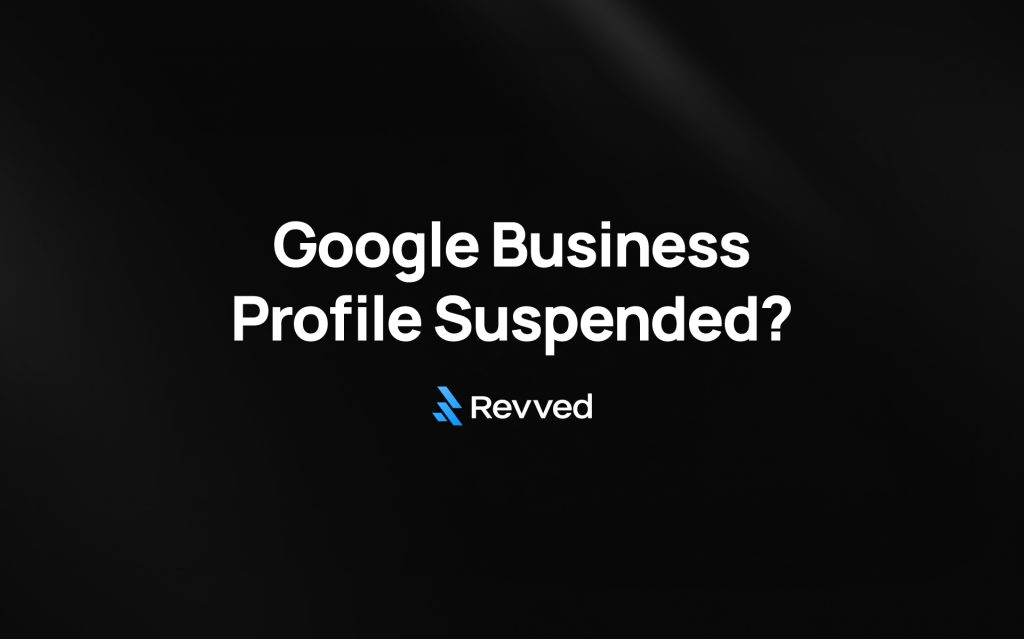The choice between LSA and PPC for your local business might seem daunting. The numbers tell a compelling story – the top Google result grabs 27.6% of all clicks. Only 0.63% of users click through to page two. Your 2025 marketing strategy needs a clear understanding of which digital channel will give you the best returns.
PPC, SEO, and LSA each bring different benefits to the table. SEO marketing shows an impressive 500% minimum ROI, but takes 6-12 months to show results. PPC gives you quick visibility with a 200% ROI. The catch? Each Google Search Ad click will set you back $8. LSA (Local Service Ads) might work better for local service businesses. Lead costs range from $6 to $30. Some industries like personal injury law in Atlanta pay around $240 per lead. The downside? Your visibility vanishes the moment you stop paying for PPC or LSA.
Your business needs a balanced approach that combines quick wins and sustainable growth. This piece breaks down each channel’s mechanics, expected ROI, and helps you pick the right option—or mix of options—for your local business’s unique needs in 2025.
Understanding the Core: What Are SEO, PPC, and LSA?
Local businesses looking for online visibility can tap into the potential of three powerful digital marketing channels. Each channel serves a unique purpose and produces results differently.
What is SEO and how it drives organic traffic
SEO (Search Engine Optimization) helps your website rank higher in Google’s unpaid search results. Local service providers usually focus on local SEO to maximize their visibility when customers search in their area.
Your business can appear when potential customers search for phrases like “plumber near me” or “emergency plumbing Boulder” through strategic keyword research, content creation, and authority building. Your local search visibility improves by a lot when you optimize your Google Business Profile and collect positive reviews.
SEO represents a long-term investment that differs from paid channels. The results take several months of consistent effort, but once your site ranks well, you’ll get a steady stream of high-quality leads over time.
What is PPC and how it delivers instant visibility
PPC (Pay-Per-Click) advertising places your ads at the top of Google search results and helps businesses attract website visitors right away. The system works on a bidding model where you pay only when someone clicks your ad, whatever the conversion outcome.
PPC’s advantages include precise targeting options based on keywords, demographics, interests, and location. You can also remarket to people who have already interacted with your brand. This method works best when businesses need quick online visibility and customer engagement.
What is LSA in business and how it works for local services
Local Services Ads (LSAs) are Google’s specialized ad format that connects local service providers with nearby customers. These ads show up above traditional PPC ads and organic results, and they feature direct contact buttons for customers to call or message you.
LSAs use a pay-per-lead model that differs from traditional search ads’ cost-per-click approach – you pay only when potential customers contact your business through the ad. Service-based businesses receive leads as phone calls and messages sent directly through their Local Services ad.
LSAs build trust with features like Google Guaranteed or Google Screened badges that show customers your business has passed Google’s background and verification checks. High-intent searchers looking for local services often respond to this added credibility.
Performance and ROI: How Each Channel Delivers Results
Smart digital marketing investments need a clear picture of what each channel can deliver. A look at the financial metrics shows clear winners for different business goals.
SEO ROI: 500%+ over 6-12 months
SEO investments deliver amazing value over time. Quality SEO campaigns achieve an average ROI of 748%, which means businesses earn $7.48 for every dollar they spend. Small businesses see ROI around 400% within two years. SEO professionals report positive ROI ratios of 22:1.
SEO works so well because of its organic lead quality. These leads have a 14.6% close rate—8.5 times better than outbound marketing leads. This explains why 49% of marketers say organic search gives them their best ROI.

Enter your website below to start your proposal request!
PPC ROI: 200% with immediate results
PPC advertising delivers fast, measurable returns. Paid search averages about 200% Return on Ad Spend (ROAS), which doubles your investment. Businesses typically make $2 in revenue for every dollar they put into Google Ads.
PPC results show up right after you launch your campaign. However, your visibility drops to zero the moment you stop paying for ads.
LSA ROI: High-intent leads but higher CPL
Local Service Ads use a pay-per-lead model that costs between $20-30 per lead. Industry costs vary—moving companies pay $25-50 per lead, while restoration businesses might spend $1,900-7,000 monthly and make $98,000 from those leads.
Well-optimized LSAs are often more economical than regular PPC, with ROAS targets above 3x. These leads come with a Google Guarantee badge that builds trust and helps convert more customers.
Time to results: SEO vs PPC vs LSA
Each channel has its own timeline for delivering results:
- SEO: Results start showing in 6-12 months, with best performance in years 2-3
- PPC: You see results within days or hours after launch
- LSA: Leads start coming in right after approval
Your timeline should determine which channel makes sense. SEO builds lasting growth, PPC gives immediate visibility, and LSA brings quick, quality local leads. Many successful local businesses end up using all three approaches to cover all their bases.
Cost, Control, and Targeting: Which Fits Your Budget and Goals?
Local businesses must make every marketing dollar count. Smart investment decisions depend on understanding how different marketing options are priced.
Cost per click vs cost per lead vs organic investment
Small and mid-sized businesses typically spend $300-$5000 per month on PPC. You pay for every click whatever the conversion outcome. LSA works differently with a pay-per-lead model that costs $1000-$10000 monthly. Individual leads cost between $6-$30. SEO stands apart from these paid options. It needs initial investment but creates lasting value without click-based fees.
Targeting precision: PPC vs LSA vs SEO
PPC excels at precise targeting. Advanced AI algorithms enable audience segmentation based on behavior, interests, and demographics. LSA connects you with nearby customers who search for your specific services. SEO builds your visibility among users actively searching for your offerings and improves organic reach as time passes.
Control over messaging and landing pages
PPC gives you total control over ad content, landing pages, and keyword strategy. Quality Score improves on platforms like Google Ads when you use dedicated landing pages. LSA provides fewer customization options but focuses on generating direct leads through calls and messages.
Trust signals: Google Guarantee vs organic credibility
The Google Guarantee badge requires a $50 monthly payment. It shows that your business passed Google’s verification process. This trust indicator increases click-through and conversion rates by a lot. Service-based businesses benefit especially when reputation matters most.
When to Use Each: Smart Budget Allocation for Local Businesses
Your marketing budget allocation works best when you know exactly which channel delivers results at the right time.
Use SEO for long-term brand building
SEO provides compound value as time passes. Your content’s results last longer compared to traditional marketing methods once it matures. High rankings typically stay stable for extended periods after you achieve them. SEO builds a foundation of organic visibility that keeps working for your business long after the original investment, unlike paying for each visitor.
Use PPC for product launches and promotions
PPC excels during product launches and gives immediate visibility the moment campaigns go live. The platform’s ability to target high-intent searchers with timely messages makes it perfect for time-sensitive campaigns. You can also adjust your spending throughout the year as your needs change.
Use LSA for local lead generation and service-based businesses
LSA connects service providers with nearby customers who need specific services. The pay-per-lead pricing means you pay only when potential customers reach out. The Google Screened or Google Guaranteed badge creates instant credibility and helps first-time customers choose your business.
Combining all three for omnichannel success
An integrated approach produces better results:
- PPC delivers quick wins with immediate traffic
- LSA provides high-quality, trusted local leads
- SEO builds green growth for long-term success
This omnichannel strategy will give a consistent brand experience whatever way customers find you. Your SEO matures over time, letting you reduce paid spending while keeping visibility.
Conclusion
Your choice of LSA, PPC, or SEO depends on your business goals, timeline, and budget. Smart local businesses can use each option strategically throughout 2025 and beyond.
SEO proves to be the clear long-term winner with its impressive 500%+ ROI and growth potential. Results take 6-12 months to show fully, but your patience pays off with high-quality organic traffic that flows without per-click costs. This makes SEO a crucial foundation for any local business that wants a lasting online presence.
PPC delivers instant visibility with its 200% average return. This quick-start approach excels for time-sensitive promotions or when you want fast results. Your visibility stops once you stop paying, which makes PPC better for specific campaigns rather than your only marketing channel.
LSA creates a bridge between both approaches. It gives you instant visibility like PPC but targets high-intent local customers who look for your services. The Google Guarantee badge builds trust, making LSA effective for service-based local businesses that want qualified leads quickly.
Smart local businesses rarely pick just one approach. They combine all three channels strategically. PPC and LSA generate immediate leads while SEO builds long-term success. This balanced strategy helps you capture market share now and develop sustainable organic visibility for the future.
Your industry, competition, and business goals should shape how you split your marketing budget across these channels. Most successful local businesses start with more focus on paid channels, then move more resources toward SEO as organic rankings improve.
The digital world will without doubt keep evolving, but these basic principles stay the same: immediate visibility needs payment, while lasting organic growth needs patience and consistent effort. This knowledge helps you make confident decisions about where to invest your marketing dollars in 2025 to maximize both short-term results and long-term growth for your local business.


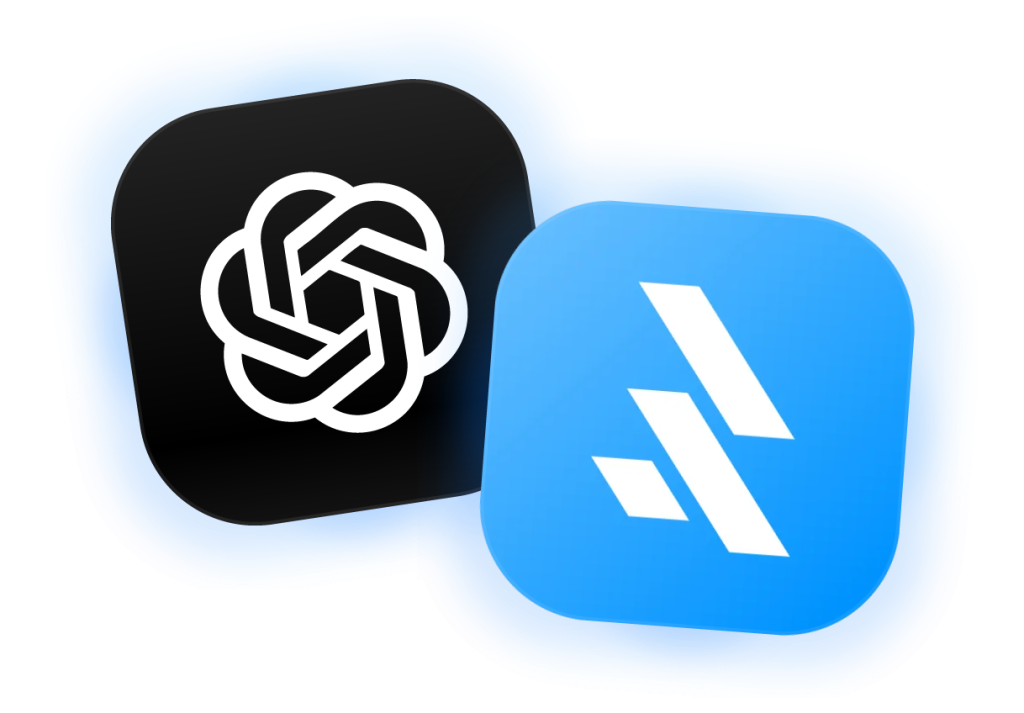
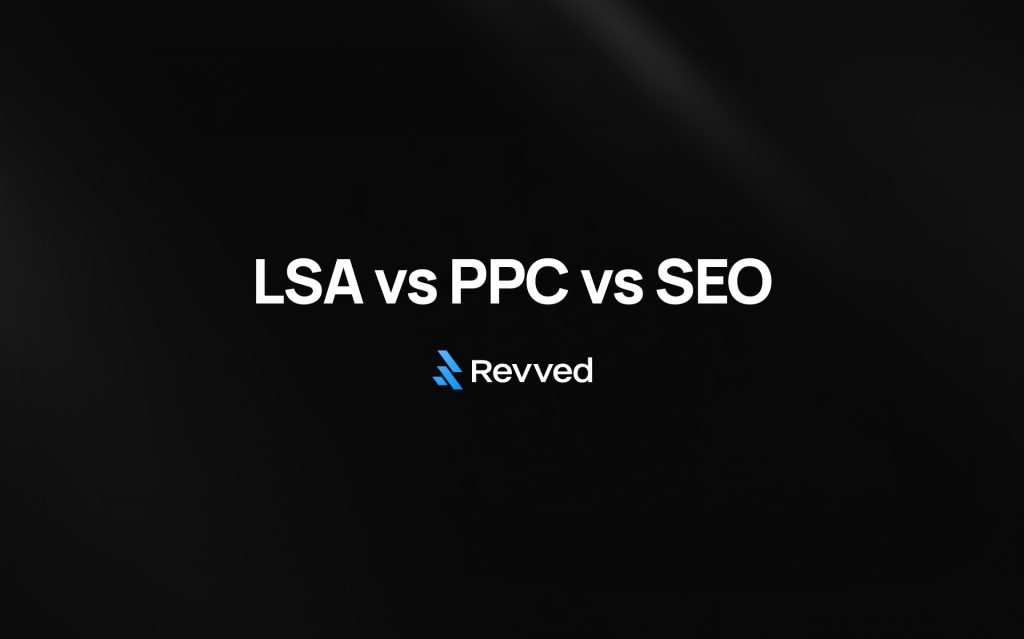
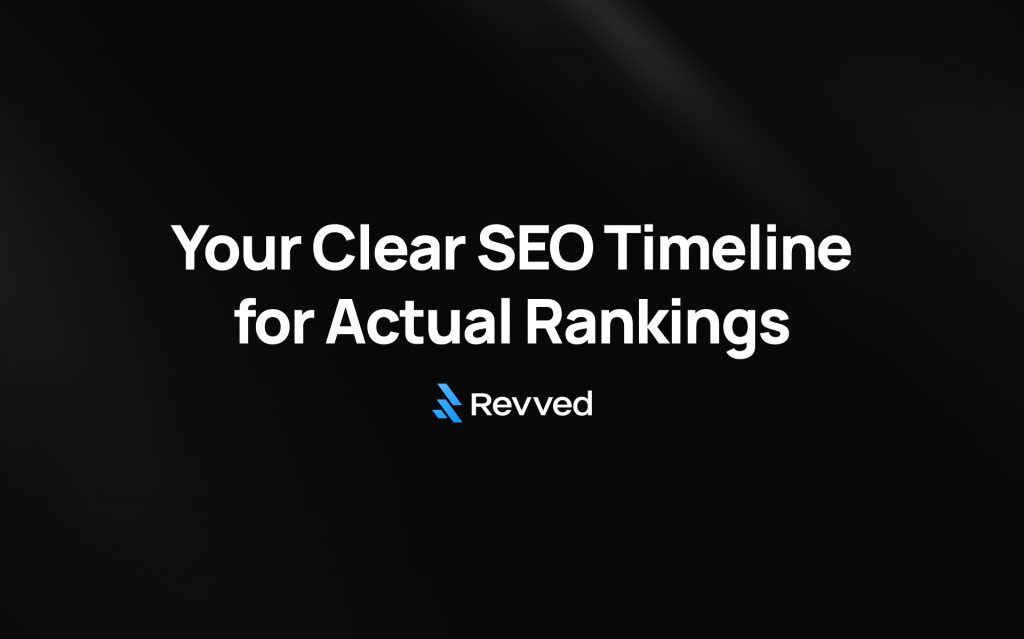
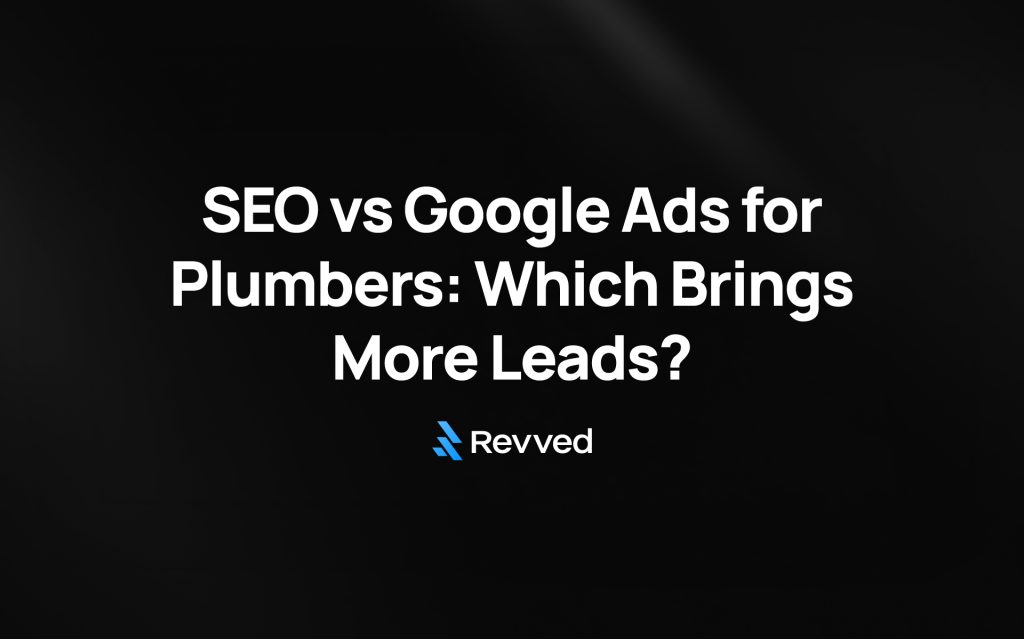
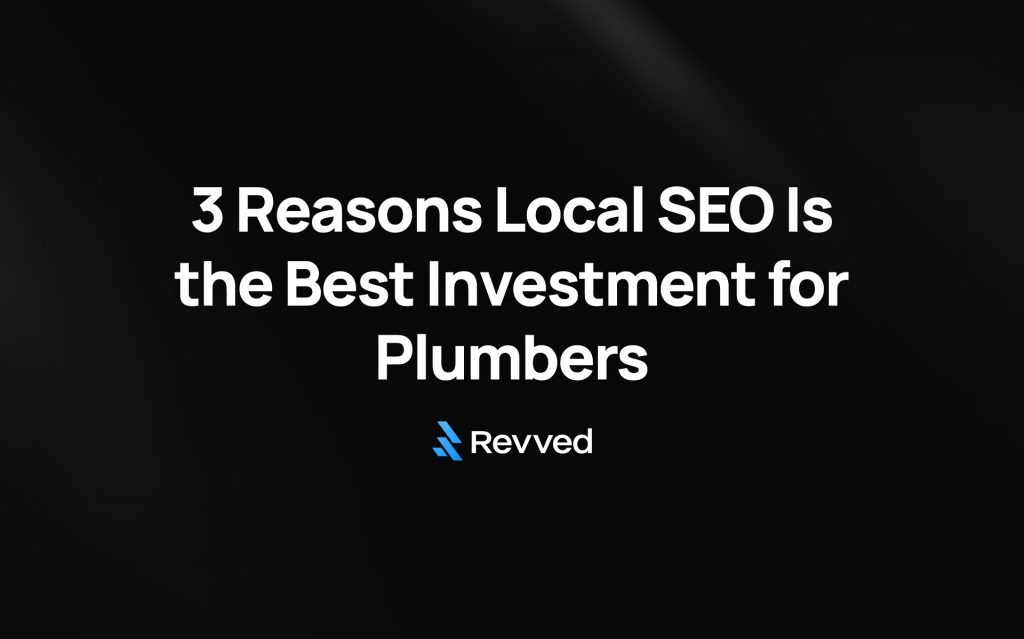
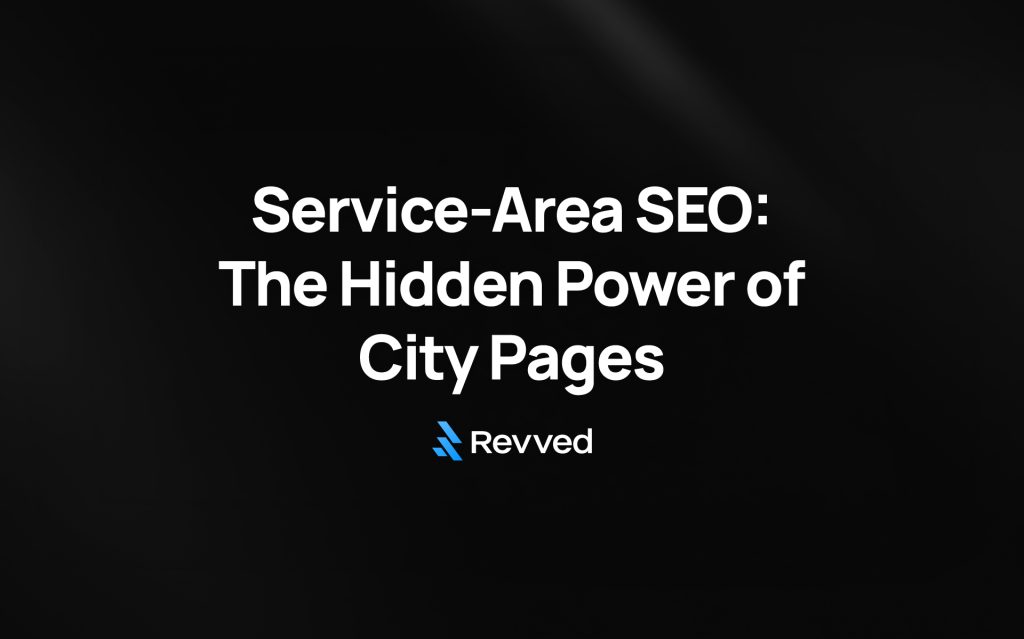
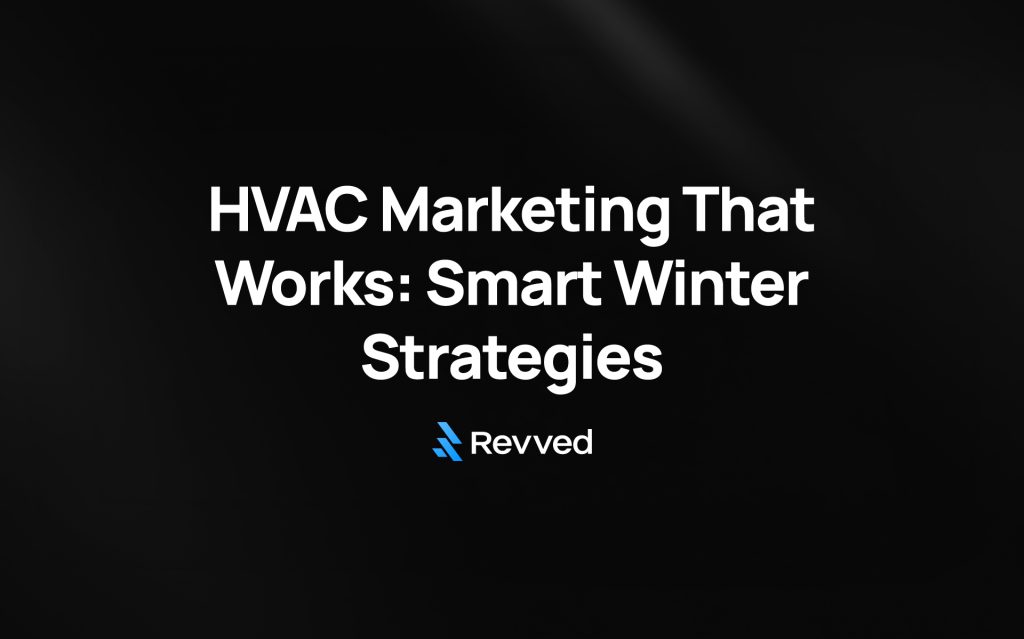
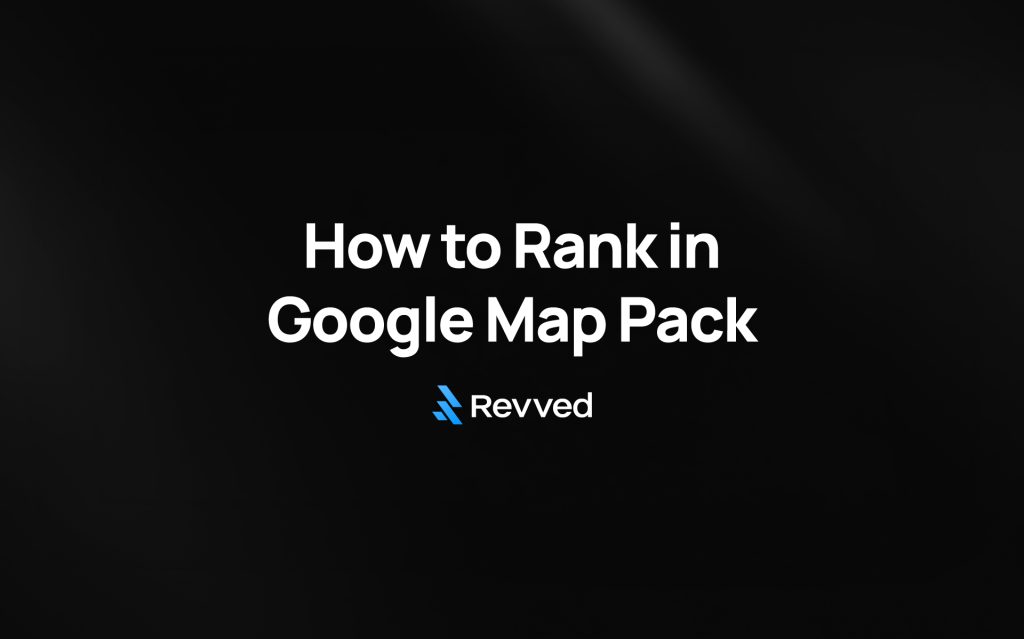
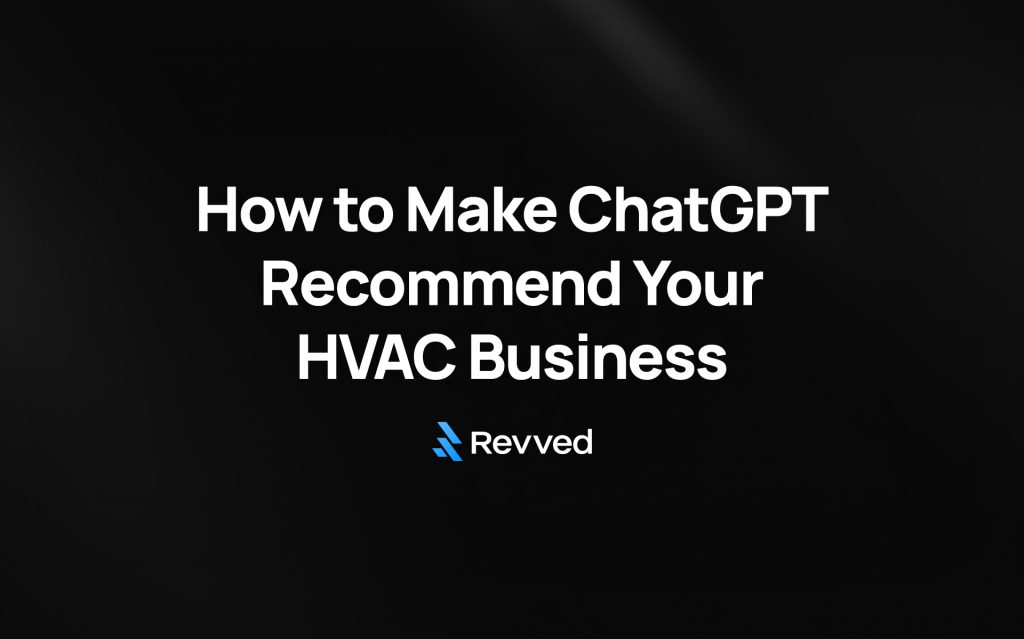
![How to Set Up Google Business Profile for Plumbers: A Step-by-Step Guide [+ Free Checklist]](https://revved.digital/wp-content/uploads/2025/10/How-to-Set-Up-Google-Business-Profile-for-Plumbers-1024x639.jpg)
